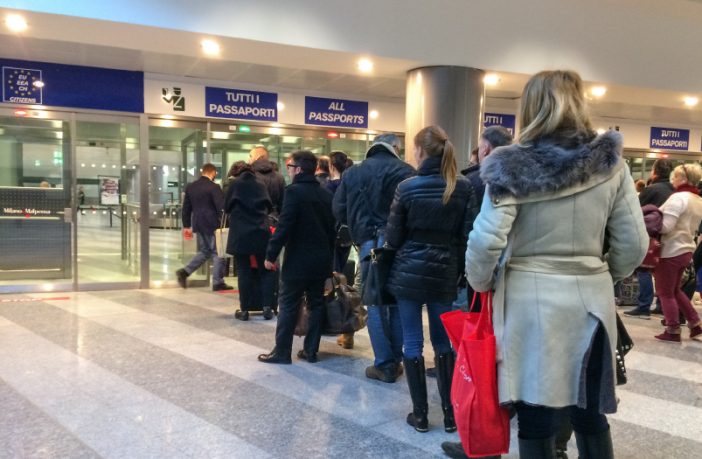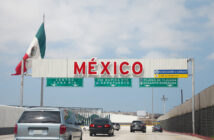In 1996 – five years before the 9/11 attacks – Congress ordered the development and implementation of an entry-exit data system to better track arrivals and departures of international travelers in the U.S.
That program was expanded to include biometric records of foreign nationals in 2004.
A 101-page government report released this month found that U.S. Customs and Border Protection (CBP) has “made progress in testing and deploying facial recognition technology (FRT) at ports of entry to create entry-exit records for foreign nationals as part of its Biometric Entry-Exit Program.
“As of May 2020, CBP, in partnership with airlines, had deployed FRT to 27 airports to biometrically confirm travelers’ identities as they depart the United States (air exit) and was in the early stages of assessing FRT at sea and land ports of entry,” according to the Government Accountability Office (GAO).
With 503 U.S. airports offering scheduled commercial service to international travelers, it seems fair to say that the real work is just getting started.
GAO observed CBP’s screening operations at Atlanta’s Hartsfield-Jackson International Airport (the nation’s busiest), Las Vegas’ McCarran International and Orlando International in Florida. Assessing the performance of air exit FRT capabilities at the three airports, GAO found that screening identified more than 90 percent of travelers correctly.
Close enough for government work? No, said GAO.
“[This] did not meet a performance goal to capture 97 percent of traveler photos because airlines did not consistently photograph all travelers,” GAO investigators concluded. Delta Air Lines, a partner in CBP’s Biometric Entry-Exit Program since 2016, became the first airline to begin using facial recognition at self-service check-in areas.
Beginning in 2017, CBP partnered with additional airlines and airport authorities to deploy facial recognition for identity verification at departure gates. CBP’s program partners are responsible for purchasing the cameras to capture facial images from departing international travelers and facilitating the facial recognition identity verification process at gates.
Investigators found that while CBP monitors the performance of the system in identifying travelers departing by air, “officials are not alerted when performance falls short of minimum requirements.”
A plan to improve the photo capture rate “would help CBP better fulfill the program’s mission of creating biometrically confirmed traveler departure records,” GAO asserted. This is crucial as visa overstays run around 700,000 a year, with the biggest offenders being short-term visitors.
Among its recommendations, GAO expressed “privacy” concerns, ordering CBP to “ensure privacy notices are complete [and]available at locations using FRT.”
CBP faces a daunting task of positively identifying 240 million-plus international passengers transiting through U.S. airports each year. How private can or should that process be?




